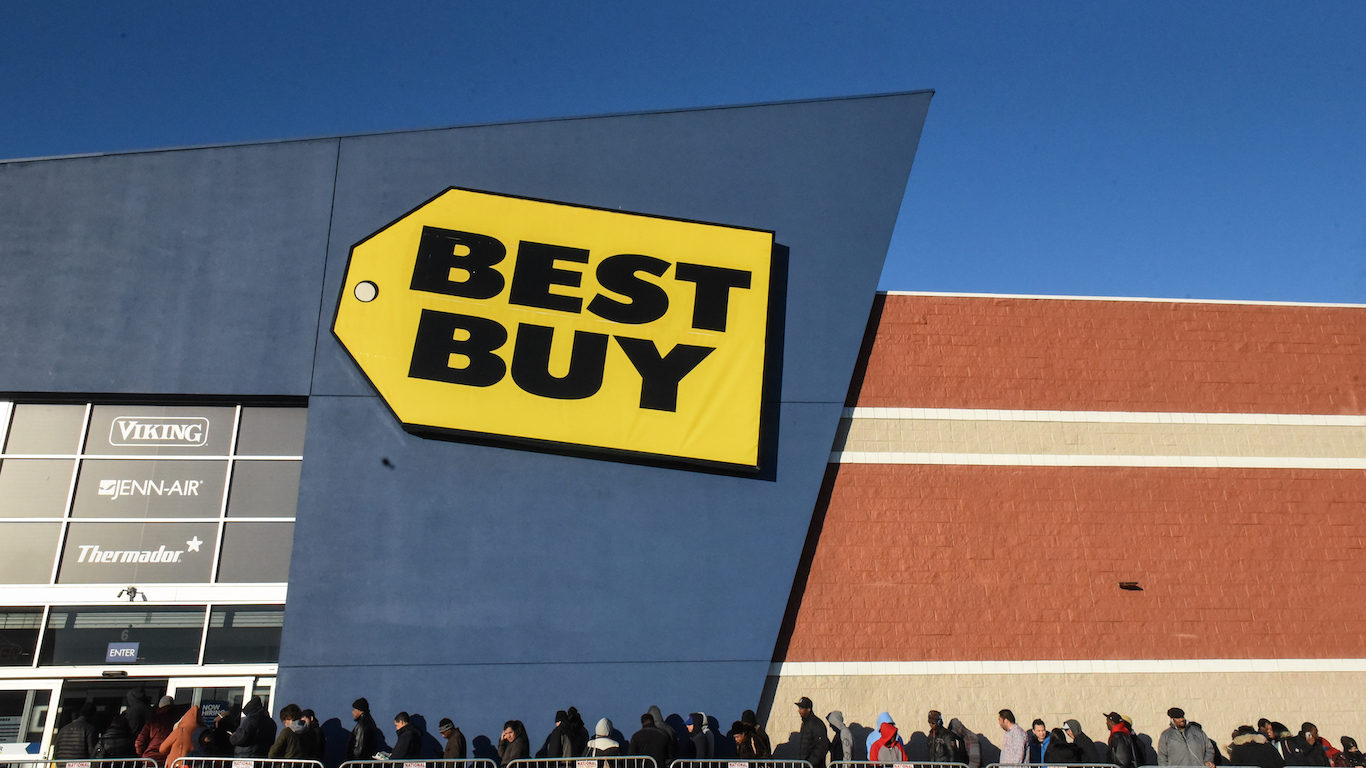 General Electric Co. (NYSE: GE) has found itself under a "smart money" controversy, which may be an argument about the reality of the rules and regulations versus the perceptions of what the rules and regulations are. What keeps going around the smart money circles and what is being speculated upon by traders and many in the media is that as a "taker of TARP funds" that the company might be forced to stop paying its dividend or to cut its dividend to shareholders. The company has just stated that intends to maintain the dividend level. Where the discrepancy comes into play is that GE is technically not in the TARP plan and their are many misconceptions over the rules and regulations.
General Electric Co. (NYSE: GE) has found itself under a "smart money" controversy, which may be an argument about the reality of the rules and regulations versus the perceptions of what the rules and regulations are. What keeps going around the smart money circles and what is being speculated upon by traders and many in the media is that as a "taker of TARP funds" that the company might be forced to stop paying its dividend or to cut its dividend to shareholders. The company has just stated that intends to maintain the dividend level. Where the discrepancy comes into play is that GE is technically not in the TARP plan and their are many misconceptions over the rules and regulations.
GE’s Board of Directors approved management’s plan on September 25 tomaintain the company’s quarterly dividend of $0.31 per share throughthe end of 2009. The company said today on its GEReports.com websitethat the dividend plan is unchanged. The company also noted that it isprojecting that its cash flow will be greater than the amount needed tofund the dividend in 2009.
So here is where the discrepancy comes into play. GE said that it hastaken a number of steps to strengthen its liquidity plan, includingparticipation in the U.S. Government’s Commercial Paper FundingFacility and FDIC’s Temporary Loan Guarantee Program, called the CPFFand TLGP respectively. Many are saying that this is thesame as the TARP where the government can essentially force companiesunder the plan to stop paying dividends or where the dividend policycan be controlled. But GE’s communique today states that both of thesegovernment programs do not place any restrictions on the company’sdividend policy (and offer additional levels of security for investorsand strengthens ability to support the planned dividend in 2009).
Even if GE did ultimately go into the TARP plan, we would note that the TARP restrictions on the use of funds keep companies from raising their dividend and keep companies from buying back shares of common stock. But technically the rules do not automatically demand that dividends be cut, nor that dividends be suspended or eliminated. This is where semantics come into play.
What is possible is that "the powers that be" are in the process offorcing the CPFF and the TLGP plans to come in with restrictions. The smart money crowd may just speculating thatthese programs could regulate policies including dividend payoutpolicies.
We are awaiting comment from the company spokesperson, so we’ll update this if there is a change.
If there were any changes in management then new policies could be implemented. With the way things are going, right now it is just impossible to rule almost anything out even if "stated policies" are reaffirmed over and over. These are crazy times indeed, and it seems that nothing is sacred any longer.
Jon C. Ogg
NOVEMBER 13, 2008
100 Million Americans Are Missing This Crucial Retirement Tool
The thought of burdening your family with a financial disaster is most Americans’ nightmare. However, recent studies show that over 100 million Americans still don’t have proper life insurance in the event they pass away.
Life insurance can bring peace of mind – ensuring your loved ones are safeguarded against unforeseen expenses and debts. With premiums often lower than expected and a variety of plans tailored to different life stages and health conditions, securing a policy is more accessible than ever.
A quick, no-obligation quote can provide valuable insight into what’s available and what might best suit your family’s needs. Life insurance is a simple step you can take today to help secure peace of mind for your loved ones tomorrow.
Click here to learn how to get a quote in just a few minutes.
Thank you for reading! Have some feedback for us?
Contact the 24/7 Wall St. editorial team.



